How to Make Profits In Commodities
$15.49
| Author(s) | |
|---|---|
| Product Type |
Ebook |
| Format |
|
| Skill Level |
Intermediate to Advanced |
| Pages |
425 |
| Publication Year |
1951 |
| Delivery |
Instant Download |
How to Make Profits in Commodities is one of W.D. Gann’s timeless masterpieces—an essential trading manual that bridges classical technical analysis and commodity market forecasting. Written in 1951, this book presents Gann’s most complete explanation of his trading philosophy, showing how mathematical cycles, seasonal patterns, and price-time relationships can be combined to forecast market movements with astonishing accuracy.
Gann draws on decades of experience in cotton, grain, and stock markets, explaining in detail how to identify accumulation and distribution zones, interpret trend changes, apply swing charts, and manage risk. His disciplined approach demonstrates how successful trading depends on patience, psychology, and a precise understanding of natural market law.
This volume also explores Gann’s famous “Time Factor,” square-of-price relationships, and percentage retracements—tools that continue to inspire modern technical analysts. Every chart, example, and forecast shows Gann’s ability to read market geometry and anticipate turning points long before computer-based analysis existed.
Whether you are a seasoned trader studying Gann’s methods or a student of market history, this edition remains a comprehensive resource for understanding the cyclical structure of commodities and the mindset required to trade them profitably.
✅ What You’ll Learn:
- How W.D. Gann used mathematical, geometric, and time-cycle principles to forecast commodity prices.
- Methods for analyzing accumulation and distribution phases in grains, cotton, and other commodities.
- The logic behind Gann’s swing charting, trend-line construction, and price-time balancing.
- Step-by-step examples of long-term and short-term forecasting using seasonal and historical data.
- Money-management, risk control, and mental discipline essential for consistent performance.
💡 Key Benefits:
- Gain access to one of the most complete texts on Gann’s commodity trading approach.
- Understand how cycles and natural laws govern market behavior.
- Learn practical chart-reading techniques that remain relevant for today’s traders.
- Develop a disciplined, rule-based approach grounded in mathematics rather than emotion.
- Build long-term forecasting confidence using Gann’s proven analytical methods.
👤 Who This Book Is For
- Traders and analysts seeking a structured, mathematical approach to market forecasting.
- Commodity and futures traders who want to apply time-tested price-action techniques.
- Students of Gann, technical analysis historians, and professionals studying market geometry.
📚 Table of Contents:
- Why You Should Trade Commodities
- How to Study the Commodity Market
- The Basis of Commodity Forecasting
- Seasonal Trends and Time Cycles
- Swing Charts and Market Movements
- Price Patterns and Time Factors
- Trading Rules and Position Management
- Psychology of Successful Trading
- Long-Term Forecasting Methods
- Examples of Gann’s Commodity Predictions
How to Make Profits In Commodities By W. D. Gann
17 reviews for How to Make Profits In Commodities
Clear filtersOnly logged in customers who have purchased this product may leave a review.

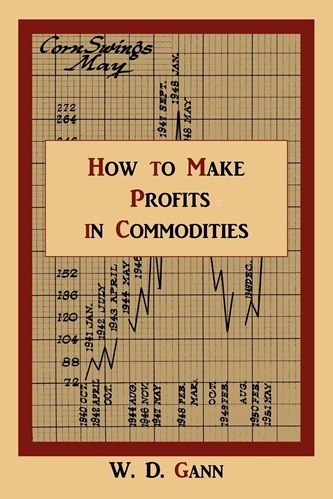
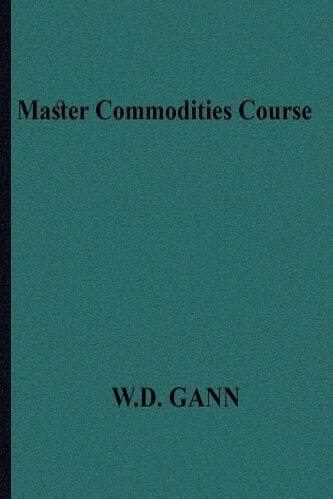
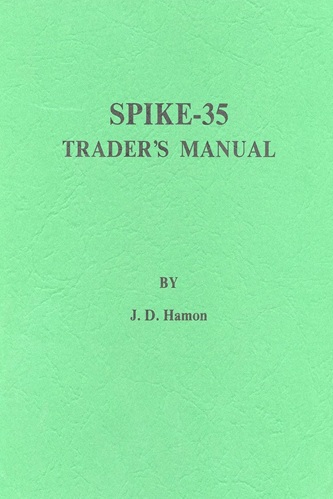
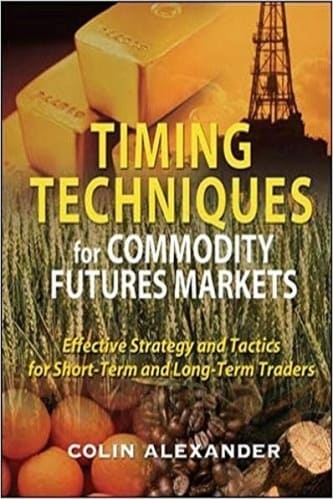
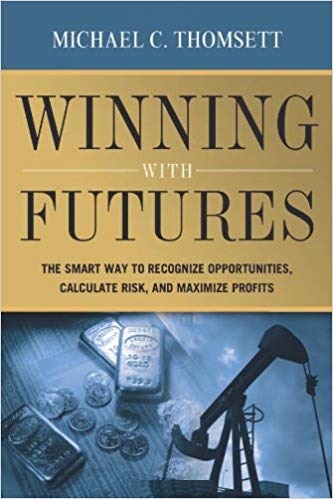
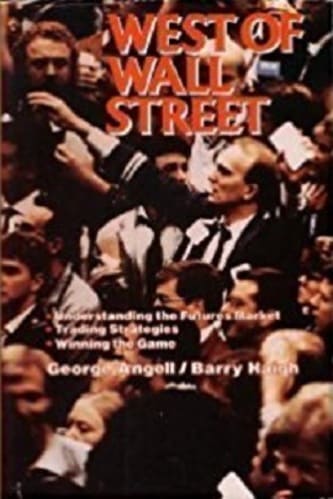
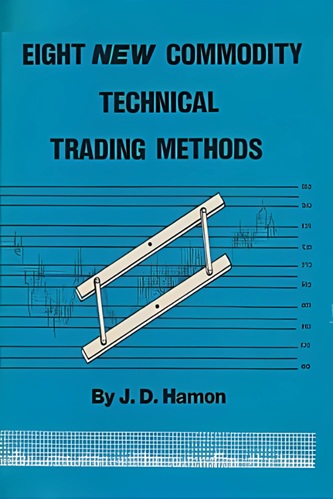
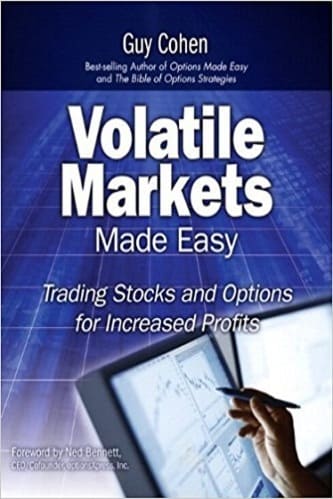
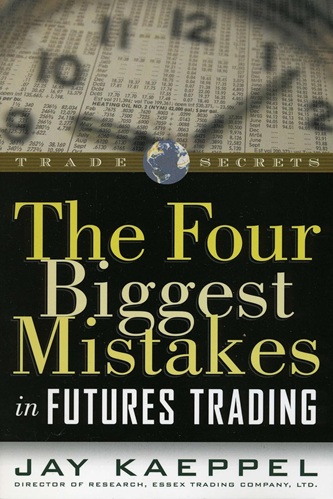
Emmalynn Bartlett (verified owner) –
Just follow the 28 rules given in this book.
It was repeatedly told in this book that do not trade on hope or fear, which we human do always. Hence it was reminded repeatedly.
Let us do not trade on hope or fear.
Let us follow the rules strictly 100%
Jett Salinas (verified owner) –
Great for a Gann types inersted in Gann methodology.
Bode Dickson (verified owner) –
If i could keep just one of my gann books this one would be it , it is packed full of ideas even a non gann follower could benifit from this book.
Jake Hampton (verified owner) –
This book is a hodge-podge of techniques presented in a droning, labored style. However, literary taste is not what draws traders to the works of Gann. Gann’s writings supposedly contain “hidden clues” as to how to forecast price levels at a specific time in the future for financial instruments.
Preston Manning (verified owner) –
For those who had not read any other Gann’s trading book, this is an excellent choice. I assure you that you would be fascinated by Gann’s superb insight and intelligence that had transcended over half a century. Though it focused primarily on commodities, the principles are applicable to stock trading as well. Traders can definitely benefit from them.
For those who had read other Gann’s books before, you may feel that this one is quite similar to his previous books (this is Gann’s last book published). In fact, the rules set here are over 95% identical with those laid out in “45 Years in Wall Street” Gann published two years before this. However, as one reviewer wrote that the above average price ($49) of this highly valuable book is still lower than one single pip of a commodity futures contract, I think it should still be an essential item in any Gann friend’s personal collection.
Jennifer Wade (verified owner) –
This was the first Gann book that I read. I found it to be very inspirational. Reading it encourage me to seek more knowledge about the markets.
Dominik Jefferson (verified owner) –
I do not trade commodities, I trade forex. But that does not matter. The concepts in this book can be used for virtually any type of trading. It has changed the way I trade and for the better. It teaches you respect and discipline. Throughout the whole book its constant reminders about using stop losses and just basic beginner rules. I’ve read it twice already!
Royalty Matthews (verified owner) –
Traders tend to confuse ‘Gann, the Trader’, with ‘Gann, the Forecaster’. Gann, the Trader, was straight forward and logical. Problem starts when traders attempt to trade the forecast with Gann’s numerous predictive methods and, vice versa, forecast the trade with Gann’s trading method. Gann really does not deserve all the unfounded criticisms. Although there are doubts as to the claims that Gann was the originator of swing chart trading method, Gann, at least, refined and definitized the swing chart trading concept. No one can question the sound trading principles behind the method since there is a clear and convincing proof by none other than Jesse Livermore who achieved the spectacular trading accomplishments by using a variation of swing chart trading method. What Gann tried to do was to add his own brand of forecasting methods to complement his trading operation. There is certainly nothing wrong with the exercise as long as one does not confuse either objective with the other. To be a good trader, one does not need to be a forecaster. In fact, it is not recommended if the trader is a terrible forecaster for his prediction may be detrimental to his trading. However, to truly become an excellent trader, it does not hurt to be a good forecaster as well. The decision on whether or not the chosen forecasting algorithm should be based on Gann is another matter.
Kace Dennis (verified owner) –
All is Good.
Ayan Strong (verified owner) –
A Genius in his & our time, even though he has passed away some time ago.
Murphy George (verified owner) –
WD Gann wrote this updated version of the book in 1951. Yes, 1951. His methodologies and style, as well as his world view, are so….well 1950’s. However, what he provides to those of us who want to be successful in trading commodites is a broad set of ‘do’s and dont’s’ that you can find in nearly every trading book written today. You know, “stop loss orders”, “dont over trade”, “never risk more than X%” of your capital on a given trade, “let your winning trade’s ride”, “get out of a bad trade immediately”, “when in doubt, there is no doubt”…. We have read them all before. NONE of this is of any real value to the modern trader. However, what is of value, is getting a recognition of the painstaking historical analysis that WD Gann went through BEFORE he traded any commodities. This book includes several 100 year analyses of all the traded commodities of his time. The analyses include what happened in the “month of September in 1897” in cotton. And then that is followed by the next relevant technical occurance, which happened in October of 1897. He does this for many of the commodites of the time from 1841 to 1941. What the reader comes away with in my opinion, is that commodities are cyclical in nature. And that if you can holistically ‘feel’ the history and the motion of the cycles that exist in each commodity, you can trade more effectively. This includes understanding the ‘how we got here’ and the relevant bigger picture points that one can glean from looking at the historical data on a specific commodity. For example, that in the last 100 years (1841-1941), (I am making this up) Corn has reached a new yearly high in the month of June 22 times, and a new low in August 36 times. Whereas, new highs were reached in February only 2 times, and new lows reached in December 2 times. This information is valuable to a trader who knows what to do with this type of information. In my view, dont look to this book for more information on “how to trade” as much as you should look at ‘what to do’ to improve your chances of success. One last note, if you are looking to get some background or academic knowledge on how GANN lines are used, or GANN Boxes or any of the other GANN ascribed technical tools used or invented by GANN, this book DOES NOT show, teach or discuss any of them.
Ameer Leal (verified owner) –
The book shows you a long time personal experience of a great trader.
Amazing job to put in one book all this information.
I’m sure that this book can help in any way to any trader.
Leona Spears (verified owner) –
This is a book that will give you the insight to real futures trading, but is demands that you study. Not for the dilatant. No get rich quick book, but will make you rich if you gain understanding.
Julieta Morse (verified owner) –
Well, there are great things about that book but don’t let the amount of pages fool you. Most of the book is historical records of specific commodities and the as they are somewhat useful the real value is Gann’s trading rules sprinkled in the pages.
Maisie McCoy (verified owner) –
The principles taught in the book can be applied to all kinds of markets. The information is not strictly related to commodities. However, to be successful, you must study. W. D. Gann teaches you the principles. It is up to you to put them into action. This is an excellent book if you are interested in learning more about how financial markets move. An excellent resource for your library.
Delilah Truong (verified owner) –
I like this book. It does not promise “90% accurate signals” or treat reader with condescension. It teaches three things: 1) “swing trading” methods, 2) how to pay attention, 3) never forget stop loss orders.
The book itself is structured in three large parts: 1) W.D. Gann’s approach to markets and trader’s discipline, 2) examples of trading patterns from various commodities all the way from 19th century, 3) addendum from 1951 with some more details and clarifications.
Some people complain that Gann’s writing style is too monotonous and droning. It is true in the sense that he does not entertain. But he does cover more ground than all those easy-reading “Trading for Dummies” book which are typeset in triple space with large charts.
Parts of this book and interpretations of Gann’s methods are available on the web – but it is still nice to have it as a book.
Margo Booker (verified owner) –
I Recommend all traders who trade in commodity need to read this book. I have learned lot of things from this book.